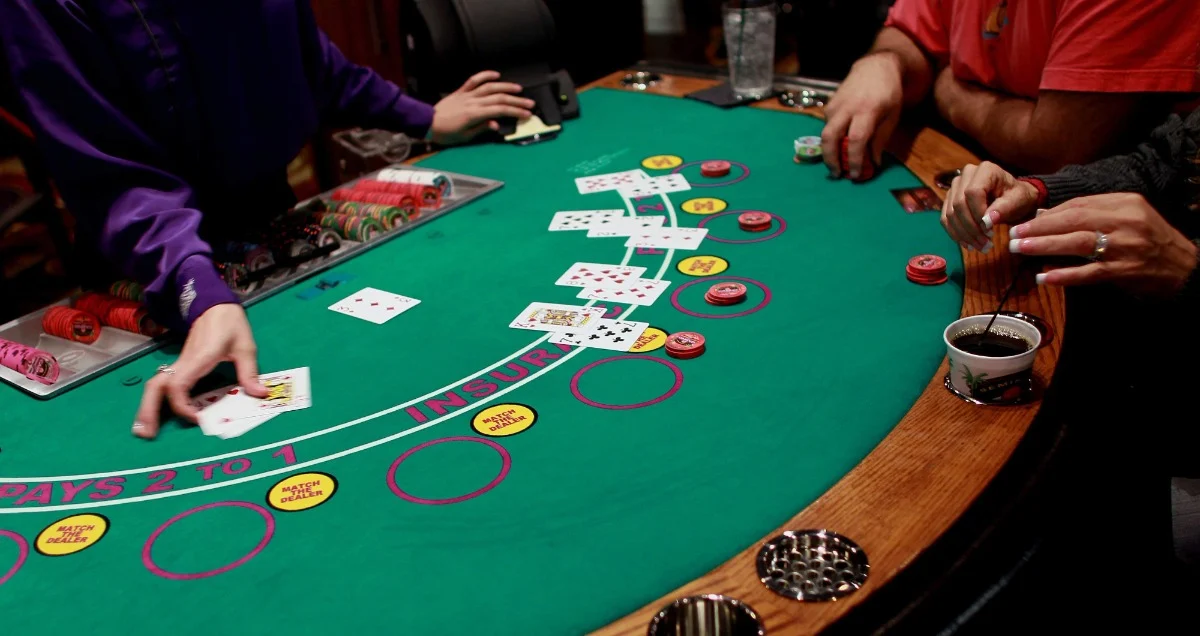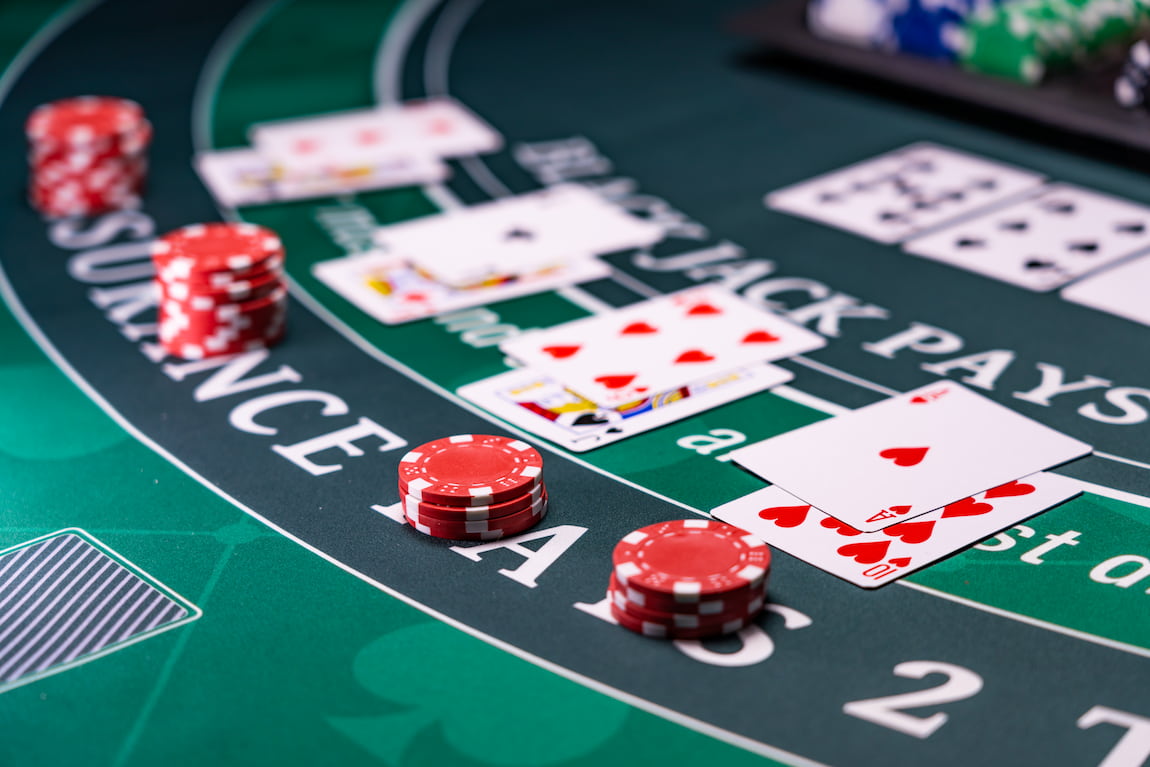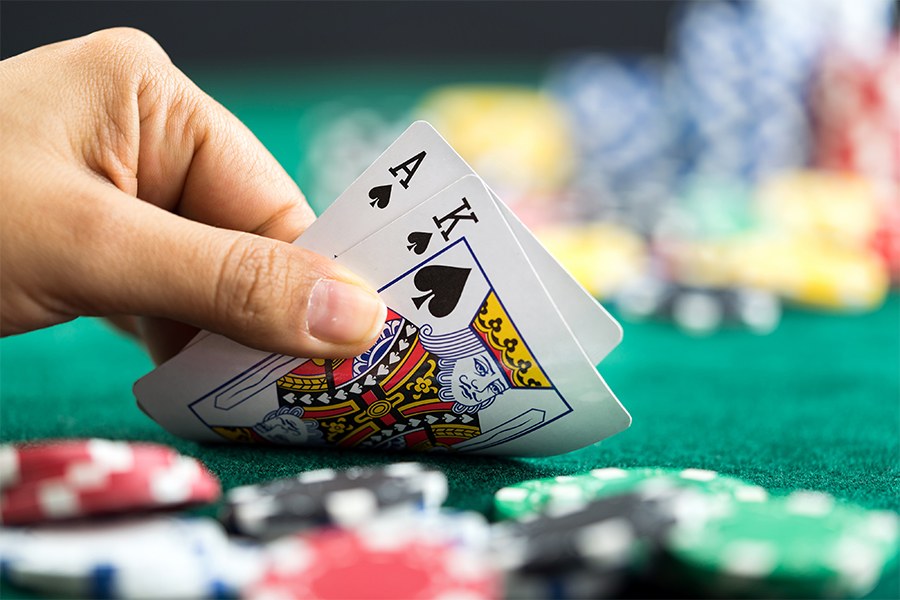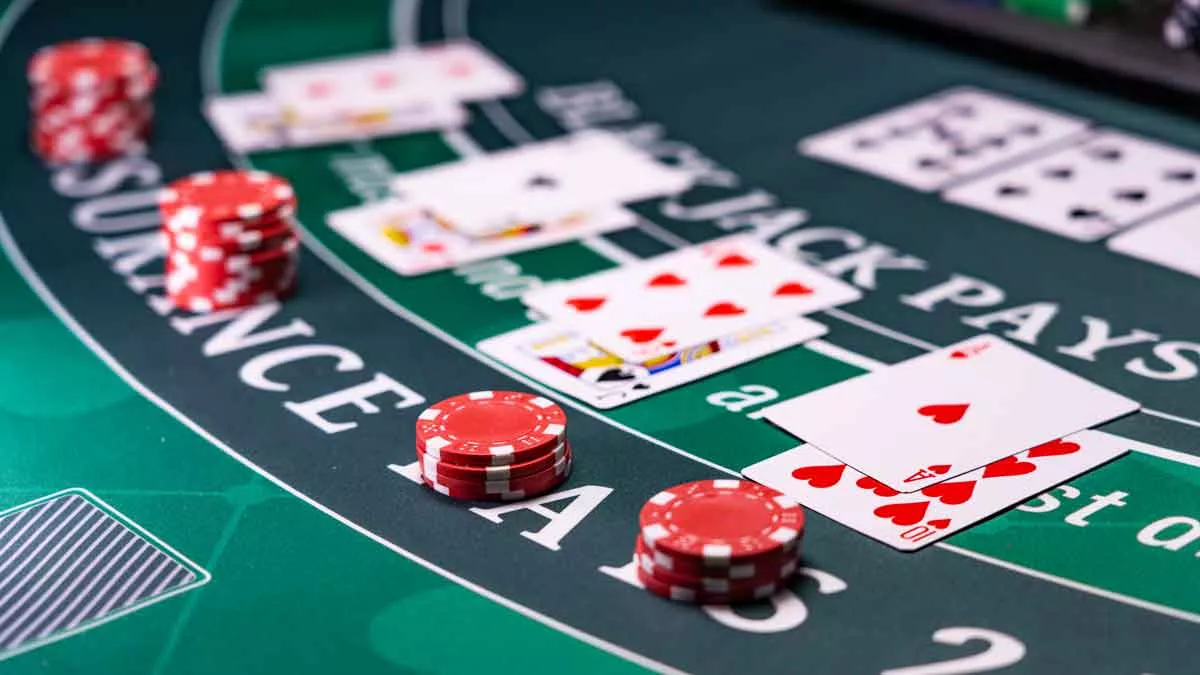Blackjack | both novices and skilled advantage players constantly ponder a pivotal question: What is the precise mathematical worth of different initial hands? Furthermore, which starting hands offer players the greatest advantage, and by what margin? When we speak of “hand types,” we encompass Hard Totals, Soft Totals, double downs, and splits – all fundamental elements of our basic blackjack strategy.
Unveiling the Power of Soft 18

Starting Hand #1: Soft 18
The soft 18, represented by an Ace and a 7, holds an intrinsic value of 0.3996 relative to the initial bet, equating to a $39.96 gain per $100 wagered over the long term. This strategy entails adhering to adjusted index numbers and doubling down when the true count surpasses 22, based on the USTON APC count – a rare occurrence in blackjack.
Seizing Opportunities with Hard 11
Starting Hand #2: Hard 11
Following closely in value is a hard total of 11, comprising pairs like (8-3), (9-2), (7-4), and (6-5). These hands boast a 0.6674 worth relative to the initial bet, translating to a $66.74 gain per $100 wagered over the long run. To capitalize on this advantage, players must adhere to adjusted index numbers and double down when the true count exceeds -16, as dictated by the USTON APC count – a strategy applicable in over 97% of instances.
Unbreakable Power of Hard 20
Starting Hand #3: Hard 20
A formidable two-card total of 20, constructed from two 10s, yields an impressive value of 0.7918 relative to the initial bet. This translates into a $79.18 gain per $100 wagered in the long term. The key to success with this hand is never splitting the 10s, a move that, while occasionally justified mathematically, often attracts undue attention, leading to its omission from the index numbers.
Ace in the Hole – Soft 20

Starting Hand #4: Soft 20
A soft total of (Ace-9) shares the same value as a hard total of 20, standing at 0.7918 relative to the initial bet. Players should double down when the index value reaches 7 using the USTON APC count. Although this doubling down can appear natural at times, players should exercise caution to avoid drawing the pit’s watchful gaze.
The Ultimate Hand – 21 ( Blackjack )
Starting Hand #5: 21 (Blackjack)
The most lucrative hand in blackjack is the natural 21. In traditional 21 games, a natural 21 pays out at 3:2 or 1.5 times the player’s initial bet. Comprising an Ace and a 10-value card (10, J, Q, K), this hand never loses; it can only tie or win, making it the pinnacle of mathematical value.
Balancing Risk and Reward

In certain situations, deviating from the optimal play can be in a player’s best interest. Sacrificing a slight portion of expected value (EV) may help players evade suspicion from casino personnel.
Blackjack – Analyzing Dealer Weakness
Generally, players benefit when the dealer exhibits weakness, particularly when the dealer’s up cards are 5 or 6. A 6 as the dealer’s up card is slightly more favorable because it increases the likelihood of the dealer exceeding 21 – going bust.
The Importance of 5s and 6s

The 5s and 6s are pivotal cards in a blackjack shoe. When the dealer’s up card is a 6, the chances of the dealer busting significantly rise, as 10s are four times more likely to be drawn. Conversely, when a 5 is in play, it benefits the player by providing the dealer an additional card to attempt to build a hand when the dealer starts with a weak up card of 6.
Blackjack – Calculating Hand Values
Each starting hand carries an associated value, denoting the average percentage of the bet won or lost over time. The Soft Doubling, Hard Doubling, and Pairs mentioned all offer positive values. A hand’s value hinges on three factors: the player’s first two cards and the dealer’s up card. Players can consult various resources to determine the value of their chosen hand. The hand-types approach offers players a comprehensive understanding of how different hand types influence overall hand value.



